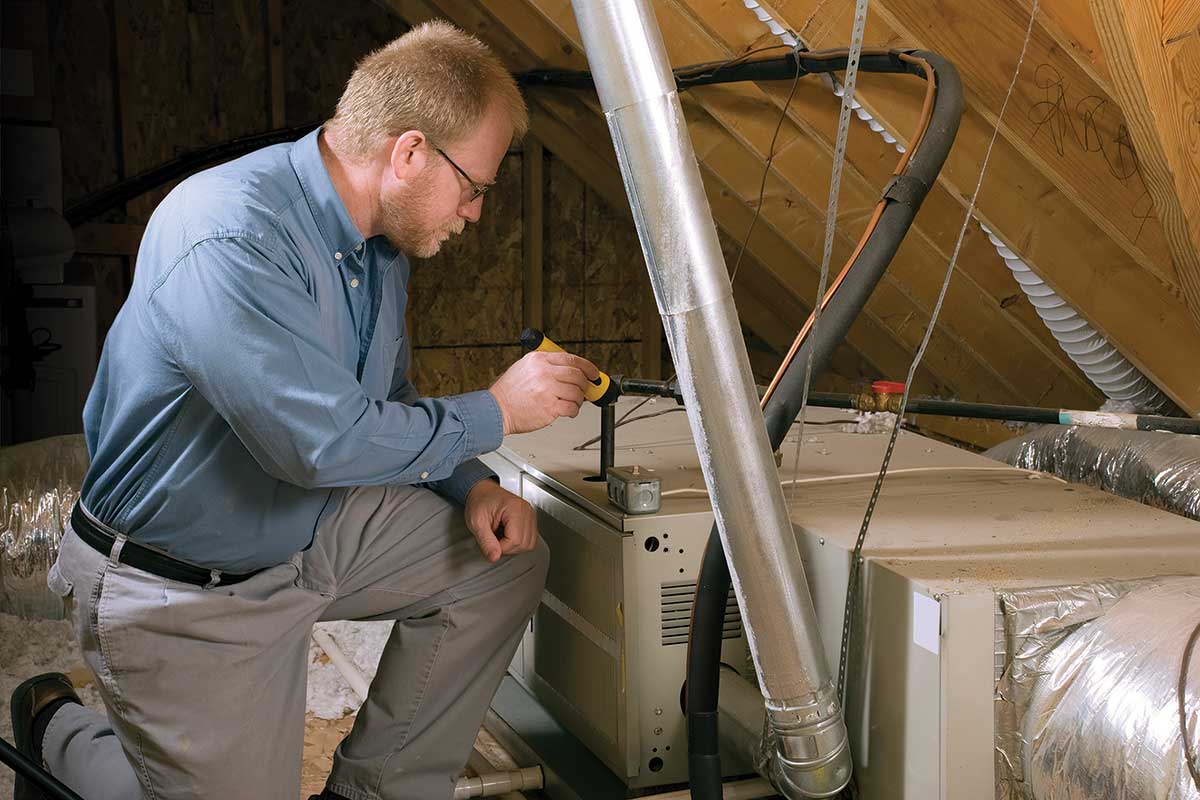Winter is knocking at the door, so now is the time to make sure your heating system is up to the task.
The Department of Energy’s heating equipment checklist can help ensure your system is in the best condition to efficiently heat your home before winter’s chill settles in.
Chores To Do Yourself
Replace air filters regularly. Inspect, clean or change air filters once a month or as needed to prevent energy cost increases or potential equipment damage.
Check for obstructions. Make sure vents, radiators and baseboard heaters are clear of obstructions like furniture so air can flow freely.
Check the fuel. If you have a propane furnace, make sure your fuel tank is full and ready to go.
Clean the heat exchanger. Remove dirt, soot and corrosion from the system and clean the heat exchanger to maintain heating levels.
Avoid fire hazards. Test your smoke and carbon monoxide detectors and replace batteries or units if needed.
Test the System
If air vents emit a high-pitched sound, it usually (but not always) indicates a lack of return air. When the system needs to pull more air, the pressure and velocity of air moving through it increases, making for noisy vents.
Vents also might make a rattling or flapping sound, usually due to debris in the duct. A rattling sound coming from the furnace itself might mean a part has come loose and is moving around inside, while squeals or shrieks can indicate a bad belt. A metal-against-metal scraping sound can mean that part of the blower system is coming loose.
If you smell gas, burning, or an electrical or a musty odor coming from the furnace area, it could be something as simple as an air filter that needs changing or as serious as a gas leak.
If the furnace is not heating, or not reaching the temperature on the thermostat, it could be one of several culprits.
These issues are all best addressed by a professional.
Tasks for a Pro
Inspect equipment. Make sure all connections, gas pressure, burner combustion and heat exchangers are working properly. Check electrical terminals, and clean or tighten connections if necessary. If your equipment isn’t working, it could be a fire hazard or cause the system to operate less efficiently.
Remove blockages. Inspect ducts, filters, blowers and indoor coils for dirt and other obstructions. Duct leaks are common and contribute to poor heating throughout the whole home. Holes, gaps and other damage can result in wasted heat, which leads to frustration and higher bills.
Lubricate motors. Parts that lack lubrication cause friction in motors, increasing the amount of energy used and causing equipment to wear out quickly.
While you’re at it, get your cooling systems ready for winter. If you have window units, remove them and store them to eliminate air leaks. If you have a condensing unit, clean off debris and dirt to discourage rusting.


